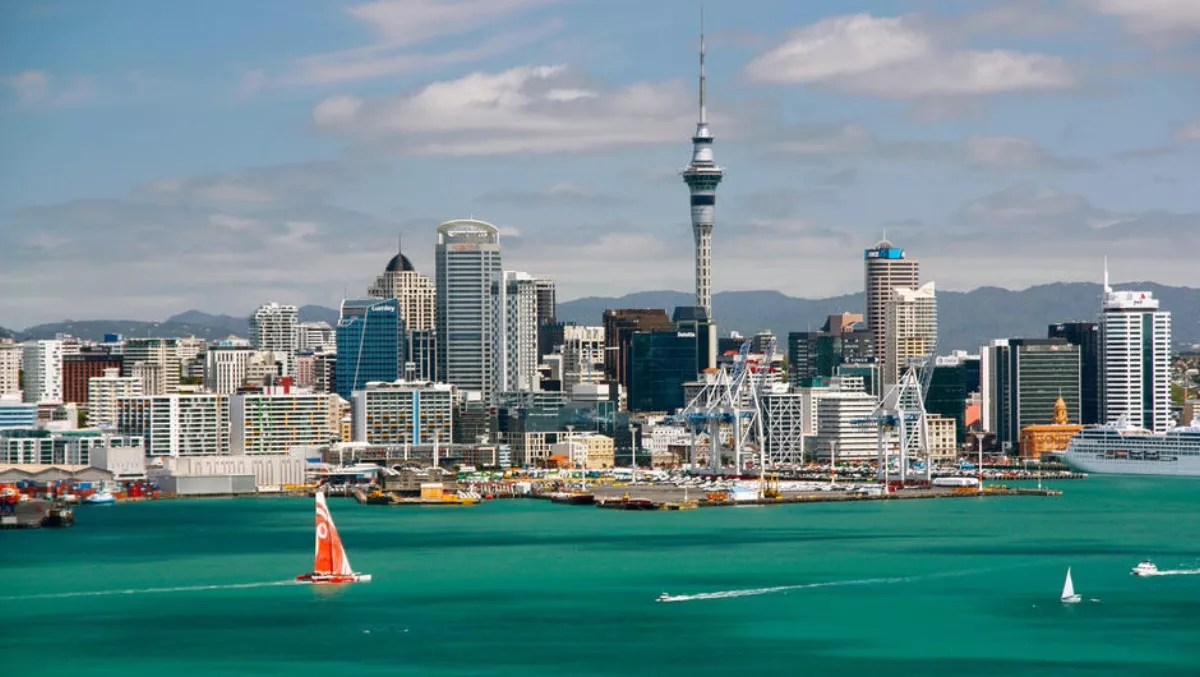
IT remains NZ’s highest earning industry as Auckland and Wellington battle for best wages
The average wage in Wellington City is neck-and-neck with Auckland City, in the battle to be the highest earning area in the country, according to an analysis of over 72,000 vacancies listed on Trade Me Jobs.
However, while Wellington is catching up to Auckland at a speedy rate, one thing both cities have in common is IT growth, with this sector marked as the highest earning industry in New Zealand as a whole.
IT roles filled all of the five highest-paid positions in the second quarter of 2018, with IT architects earning the most at an average salary of $156,402.
Head of Trade Me Jobs Jeremy Wade says, " If you're looking for a high-paying job, the IT sector still offers the highest average salary at $112,811 followed by roles in the property sector at $84,657 and the architecture sector at $83,218.
Looking beyond IT, Wade says the average salary in Wellington City was up a solid 7% on last year to $71,558 – hot on the heels of Auckland City where wage growth was up just 0.2 per cent to $71,560. "After dominating 2017, the capital has been chasing Auckland for the highest earning area this year and there's now just a paltry $2 difference," Wade continues.
"With lower living costs and employers putting more money on the table, the grass could be greener for employees in the capital.
Wade also attributed a chunk of the solid job growth in Wellington to the relatively new Labour-led Government assuming power and with the public servant cap being lifted last month.
Trade Me Jobs expects this growth to continue in the third quarter.
Wages around the countryThe national average wage remained relatively flat year-on-year, increasing just 0.7 per cent in the last year to $60,970, although some regions were doing particularly well. Wade adds, "The Wellington region was leading the pack with the highest increase in the average salary, up 7.1 per cent to $66,461, along with Gisborne which jumped up 6.5 per cent on last year to $59,017 and the West Coast which was up 4.8 per cent to reach $60,344.
Wade also describes the current sphere as a job hunters market, advising those looking to change jobs to do so sooner rather than later.
This is due to the fact that Trade Me Jobs recorded a drop in the average number of job applications, which were down 6.3% across the country. Wade says "reasonably prosperous" times and the country being near natural full employment were to blame for this drop in applications.
"With employer confidence at a five-year low and job growth flattening, the job market is evening out and it looks like a good time to dust off that CV if you want to make a move," Wade says.
"If things continue this way, we could see a dip in job ads in the next quarter and a swing back towards employers with more applicants than roles in some sectors.
Strong job growth in the southAccording to Trade Me Jobs, most of the South Island saw a boost in job listings year-on-year with the West Coast (up 19.8%), Nelson (up 18.8%) and Southland (up 18.4%) being the strongest performers.
Job growth in these regions has been driven by roles in trades and services.
Auckland, Marlborough and Canterbury were the only regions in the country to experience a year-on-year dip in job listings, down 6.1%, 4.9% and 2.7% respectively.
Wade says the Auckland job market took a breath in the second quarter.
"After such stellar growth in 2017 it's no surprise things have eased a year later," he adds.
"Traditionally the regions immediately surrounding Auckland continue the trend a few months later so there are some concerns Auckland's job market slowdown could ripple out into these 'halo' regions in the next quarter. However, if Government decisions around key infrastructure projects provide some market certainty, we should see it bounce back pretty quickly.

